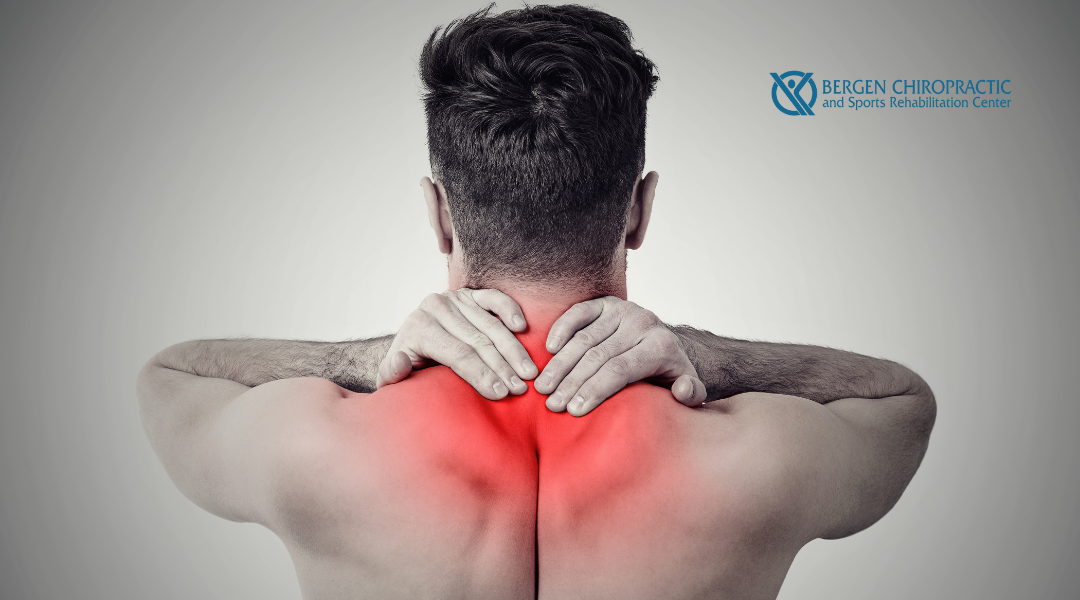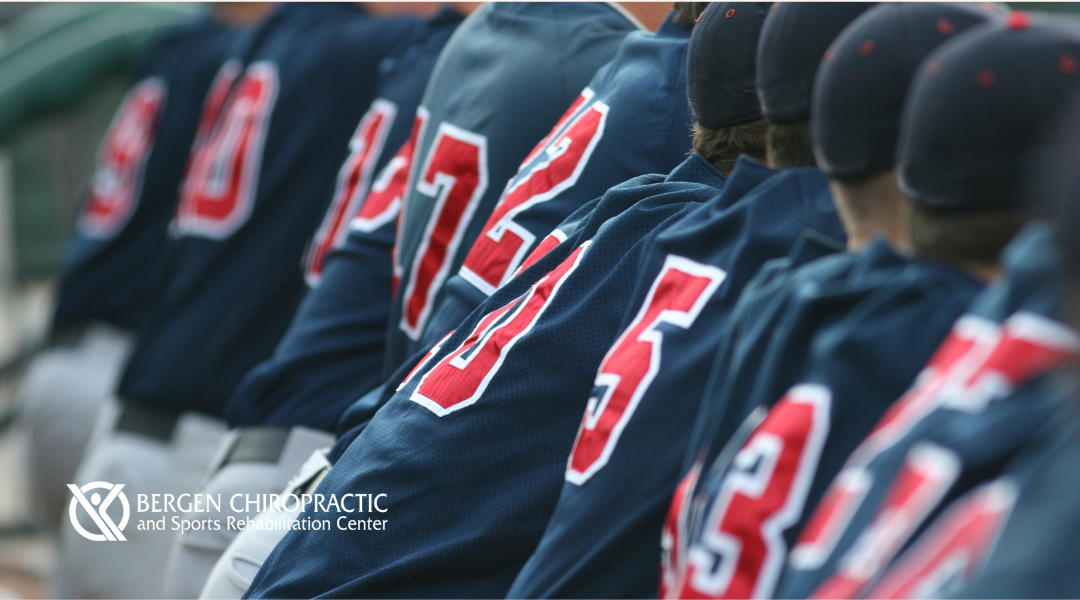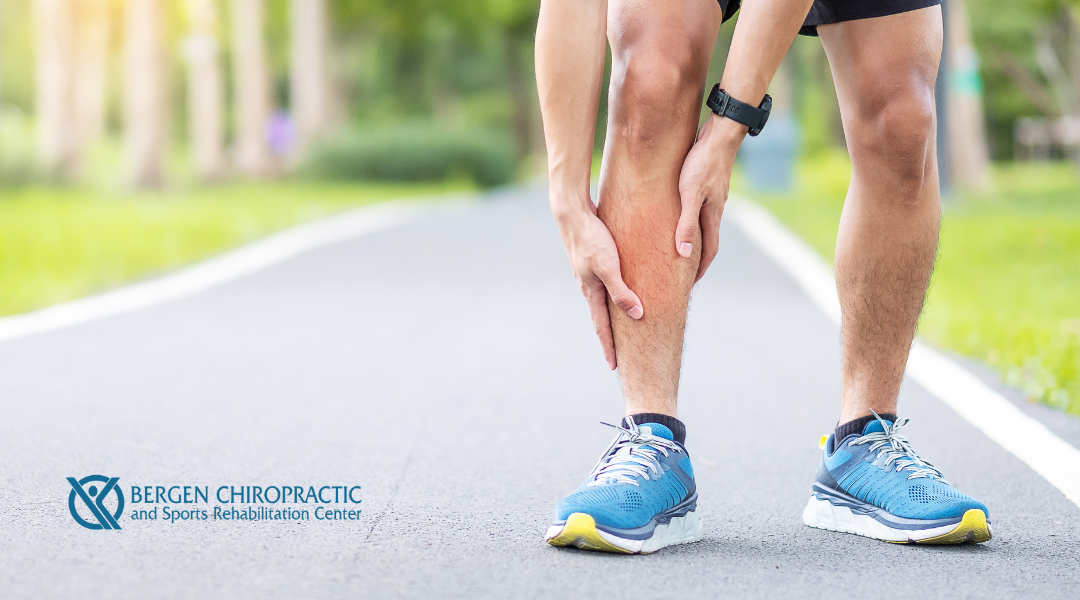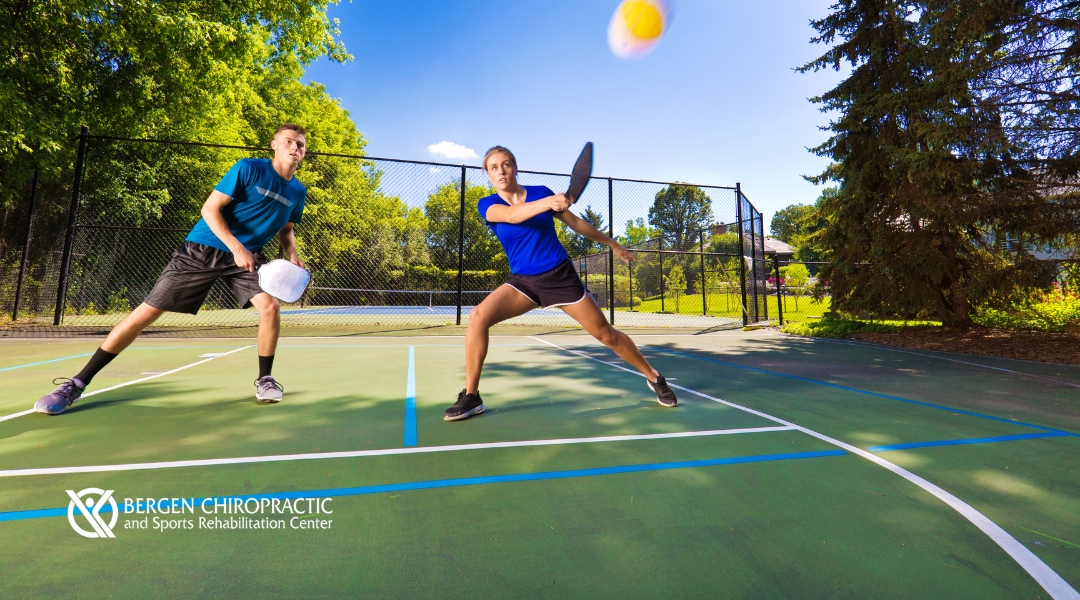Unlock the perfect sequence for your body’s healing. Discover whether a massage before or after chiropractic care gives you better pain relief, smoother adjustments, and longer-lasting alignment—all backed by science and clinical insight.
Transforming Pain Relief: Shockwave Therapy for Active Bergen County Residents
Living an active lifestyle shouldn’t mean living with pain. At Bergen Chiropractic, Shockwave Therapy helps athletes and active adults heal faster from muscle, tendon, and joint injuries—without surgery, injections, or downtime.
Training Soreness vs. Injury Pain: How to Tell the Difference
After a workout, it can be hard to know if your discomfort is normal muscle soreness or a sign of real injury. At Bergen Chiropractic, we help student athletes and active individuals recognize the difference between post-training soreness and injury pain—so you know when to push through, when to rest, and when to seek care.
Safe and Effective Pre-Season Conditioning for High School Athletes
Learn safe and effective pre-season conditioning strategies for high school athletes to improve performance, build strength, and reduce risk of sports injuries.
Shin Splints Causes: What Every Student Athlete Needs to Know
Shin splints are one of the most common and frustrating injuries for student athletes. That sharp or aching pain can disrupt training, affect performance, and even sideline you during the most critical parts of the season. But here’s the good news: most cases of shin...
How Often Should I Get a Chiropractic Adjustment During Pregnancy?
Learn how often to schedule chiropractic adjustments during pregnancy for optimal comfort, pain relief, and support throughout each trimester.
Stay in the Game: Chiropractic Solutions for Pickleball Injuries
Prevent and treat pickleball injuries with expert chiropractic care in Bergen County, NJ. Learn about solutions to stay active and pain-free on the court.
8 Chronic Conditions Managed by Chiropractic Care
Learn how chiropractic care safely eases hand numbness during pregnancy at Bergen Chiropractic.
Enhancing Chiropractic Skills in Bergen County, NJ: Practitioner Training at Bergen Chiropractic
Enhance your chiropractic skills with expert training at Bergen Chiropractic in Bergen County, NJ, designed for practitioners seeking to expand their expertise.
Chiropractic Care Helps Recover From Skiing Injuries!
Chiropractic care helps athletes recover from skiing injuries, offering pain relief and improved mobility for a smoother, faster return to the slopes.










